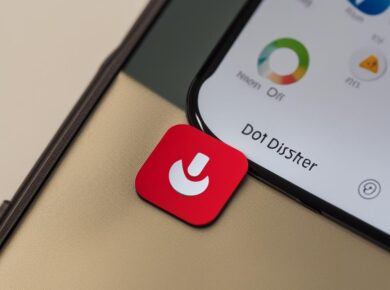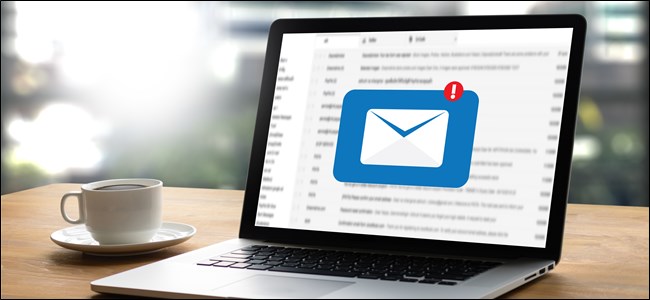If you’re exploring the depths of professional networking through the LinkedIn API, you’ve probably encountered the frustration of navigating its complexities—like when your data requests return unexpected errors, or when rate limits stifle your ambitions. After helping numerous clients leverage LinkedIn’s rich data for targeted outreach and recruitment strategies, here’s what actually works.
Understanding the LinkedIn API: A Quick Overview
The LinkedIn API allows developers to build applications that interact with LinkedIn’s expansive network. Whether you’re looking to pull user profiles, company data, or job postings, the API provides a gateway to valuable professional insights. However, with great power comes great responsibility—and a fair share of challenges. From managing OAuth tokens to understanding scope limitations, the LinkedIn API requires a solid grasp of both technical and strategic components.
Why Use the LinkedIn API?
Accessing professional data through the LinkedIn API can elevate your business intelligence and provide a competitive edge. For instance, companies that integrate LinkedIn data into their CRM systems report a 25% increase in lead conversion rates. This level of insight enables personalized marketing efforts and enhances recruitment processes by identifying the best candidates based on nuanced, real-time data.
Common Pitfalls When Using the LinkedIn API
Now, here’s where most tutorials get it wrong. They often gloss over the common—and frustrating—pitfalls that developers encounter when working with the LinkedIn API. Let’s dive into some of these issues and how to avoid them.
Rate Limiting: Know Your Quota
One of the most significant challenges with the LinkedIn API is rate limiting. LinkedIn imposes strict limits on how many requests you can make in a given time frame. If you exceed these limits, you won’t just get a 429 error; you’ll have to wait until the quota resets, which can hinder your application’s functionality.
Here’s exactly how to manage this:
- Monitor your API calls using a simple logging mechanism. Track the number of requests made and the time intervals to anticipate when you’ll hit the limit.
- Implement exponential backoff strategies for retrying requests after receiving a 429 error, allowing your application to pause and then gradually increase the wait time before attempting a new request.
Getting Started with the LinkedIn API
Before making any API calls, you need to set up your LinkedIn application. Here’s a step-by-step guide to get you rolling.
Step 1: Create a LinkedIn App
Head to the LinkedIn Developer Portal and create a new application. Fill in the necessary fields such as the app name, logo, and description. Upon creation, you will receive a Client ID and Client Secret—keep these safe as they are essential for authentication.
Step 2: Authenticate Users with OAuth 2.0
LinkedIn uses OAuth 2.0 for authentication. To initiate the process:
- Redirect users to LinkedIn’s authorization page, including your Client ID and requested permissions (scopes).
- Once the user authorizes, LinkedIn redirects them back to your specified redirect URI with an authorization code.
- Exchange this authorization code for an access token by making a POST request to LinkedIn’s token endpoint.
It’s crucial to handle token expiration properly—tokens typically last for 60 days. Implement a refresh token mechanism to maintain access without requiring users to reauthorize frequently.
What Data Can You Access?
LinkedIn offers a wealth of data, but not all of it is available to every application. Understanding what you can access is vital.
User Profile Data
You can retrieve detailed user profile information, including:
- First and last names
- Profile picture URLs
- Current positions and past employment
This data can aid in personalizing outreach or building comprehensive candidate profiles for recruitment.
Company Data
LinkedIn allows you to pull information about companies, including:
- Company descriptions
- Industry classifications
- Number of employees
Utilizing this information can significantly enhance your B2B marketing strategies.
How to Make API Calls
Once you have your access token, making API calls is straightforward. Here’s how to fetch user profile data, for example:
Fetching User Profile Data
Here’s exactly how to do it:
GET https://api.linkedin.com/v2/me
Authorization: Bearer {access_token}
In response, you’ll receive a JSON object containing the user’s profile data. Make sure to handle errors gracefully to provide clear feedback in your application.
Handling Errors Gracefully
While working with APIs, error handling is crucial. LinkedIn’s API will return specific error codes, and you should map these to user-friendly messages within your application. For instance, if a request fails due to insufficient permissions, guide users on how to adjust their settings.
Best Practices for Leveraging LinkedIn Data
Obtaining data is just the beginning; utilizing it effectively is where the real power lies. Here are some best practices to keep in mind.
Data Enrichment
Combine LinkedIn data with other sources to enrich your datasets. For example, integrating LinkedIn profiles with your CRM can provide deeper insights into your leads and enhance segmentation strategies.
Compliance with LinkedIn’s Terms
Never engage in scraping or unauthorized data extraction. LinkedIn is stringent about compliance, and violations can lead to account restrictions. Always ensure that your application adheres to their policies and terms of service.
Advanced Features: Webhooks and Real-Time Updates
As your application matures, consider utilizing webhooks for real-time data updates. This feature allows your application to receive push notifications about user changes, such as job updates. Here’s how to set this up:
Setting Up Webhooks
1. Register your webhook URL in the LinkedIn Developer Portal.
2. Implement the necessary endpoint in your application to handle incoming POST requests.
3. Validate incoming requests to ensure they originate from LinkedIn.
Final Thoughts on Harnessing the LinkedIn API
Using the LinkedIn API can dramatically enhance your professional networking capabilities. However, it requires diligence and an understanding of the intricacies involved. By following best practices, handling errors gracefully, and enriching your data, you can create powerful applications that provide significant value to your users.
Remember, the journey into LinkedIn API isn’t just about technical implementation—it’s about leveraging data to build connections that matter. Now, roll up your sleeves, get your hands on that API, and start transforming how you interact with the professional world.



